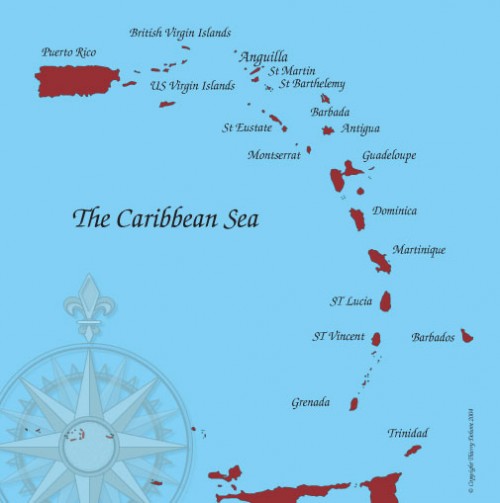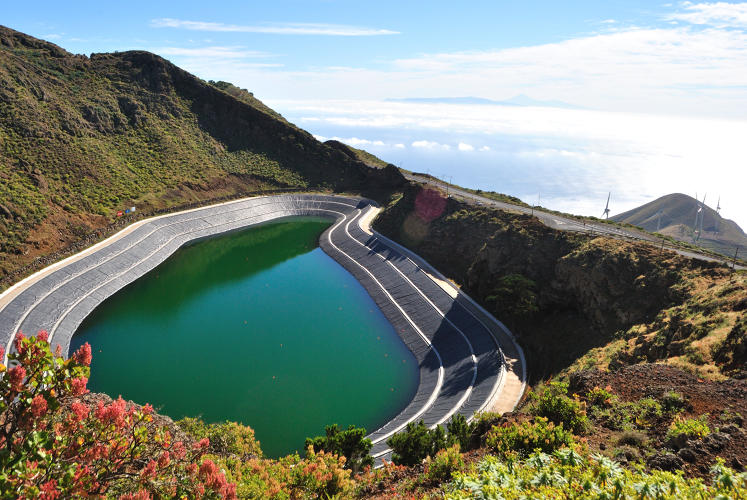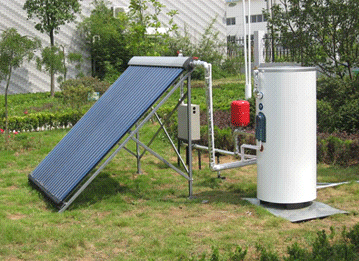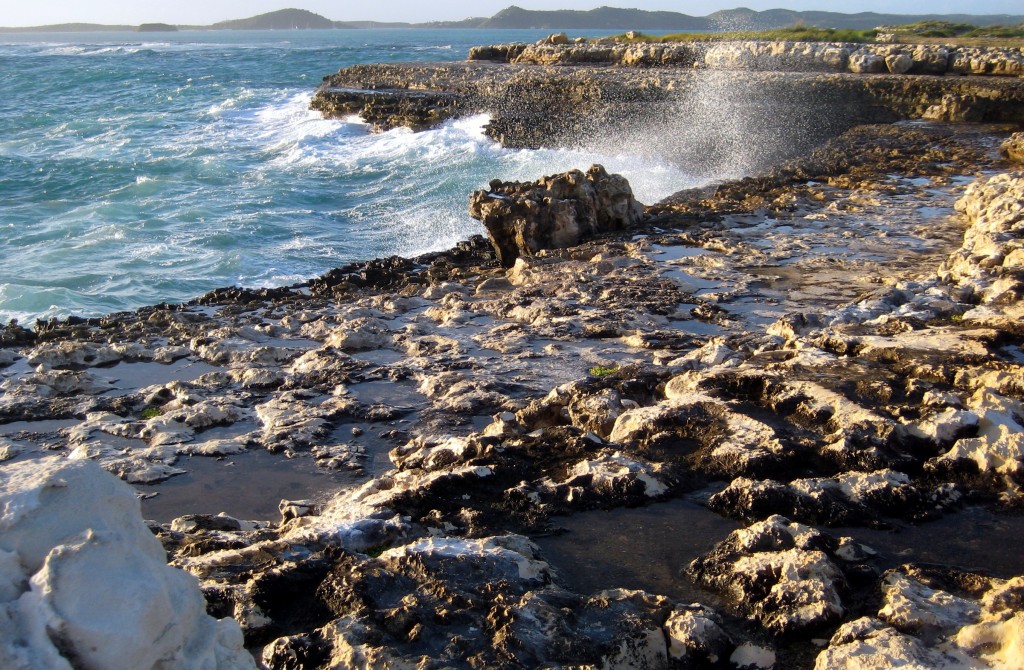November 11, 2014 – When I recently was asked to speak via Skype to a gathering of concerned Jamaicans at a conference gathered in that nation’s capital, I talked about trending to 2030. One of my slides focused on islands being the proving ground for our planet’s move from fossil fuel dependency to renewable energy.
My rationale – that most island nations by necessity import energy in the form of fossil fuel to generate electricity. Diesel is the fuel of choice. And on average $90 million U.S. is spent daily on importing it for use in diesel generators. Yet most of our smallest island nations devoid of fossil fuel lie in areas where renewable power can be tapped from the wind, tide and Sun.
So why aren’t small island nations jumping to renewables? Well it appears they are and that the pace of transition is speeding up out of necessity.
El Hierro
The Canary Island, El Hierro, is located off Spain’s Atlantic coast. This year its government announced that it will officially be fossil fuel free in terms of generating electricity for residents. This will involve the annual replacement of 6,600 tons of imported diesel fuel by wind turbines and a unique hydroelectric installation. Five wind turbines and two lakes make up the island’s energy generating infrastructure.
When the wind blows the turbines can exceed peak demand. Surplus energy then is used to pump water from a lake close to sea level to one located at 800 meters (approximately a half mile) elevation in the crater of an old volcano (see below). The upper lake in effect provides a latent energy storage reservoir.
When the wind dies the system detects the need for additional power and water gets released to flow downhill and drive the hydroelectric turbines.
This is all of the shelf technology. All the installers had to do was train locals to manage and maintain the facilities.
El Hierro has one more step to go through to rid itself entirely of fossil fuels. That involves switching all automobiles and trucks from fossil fuel burning technology to electric vehicles by 2020. The reliability of winds at El Hierro’s location makes this an ideal solution.
Can it be duplicated elsewhere? The islands of the Caribbean, members and affiliates of the Caricom, many seen on the map below, can almost duplicate El Hierro’s winds but not all have the topography to implement a pumped storage solution. For some, however, they may have something just as good, a ready source of geothermal renewable energy.

Recently the Caricom states announced a renewable energy target of 20% across the board by 2017, and 47% by 2027. And when you consider that almost every island in the region is totally fossil fuel dependent this transition will be challenging.
In this posting I singled out three of the island states to illustrate how they are addressing the goals of the entire community.
Anguilla – not a full member, but an associate, this state is out to tackle climate change and renewable energy through the formation of its own Renewable Energy Office. The organization is tasked with the goal to integrate a range of renewable energy options into the existing island’s power generating infrastructure, 100% dependent on fossil fuels. The means to fund renewables has been limited. For the moment much of the focus is on conservation and conversion with passive solar solutions like independent solar water heaters (seen in the picture below) a key island initiative. By converting the heating of water for domestic and industrial use from fossil-fuel sources to solar, the island hopes to reduce peak energy demand. The government directive is all new construction must incorporate solar heating.
A total commitment to the kind of renewables solution in El Hierro is seen as untenable for the foreseeable future on Anguilla. So although the government is exploring solar photovoltaic, wind, tide and wave energy, it has yet to make a significant commitment to any of these technologies. One of the reasons cited, the intermittent nature of the power being generated. A task force within the Renewable Energy Office is looking at supplementary technologies like battery storage, landfill gas, and bio-reactors to bridge the gap when the wind dies and the Sun sets.
Antigua and Barbuda – When my family visited Antigua three years ago we stayed in a resort at the northeastern corner of the island, where the Atlantic Ocean met the Caribbean. The winds never ceased to blow, nor the waves diminish their crashing along the shore as you can see from one of my photographs below.
As we toured the island we noted that its southwestern region was mountainous, and covered in lush rainforest. It seemed to us that Antigua was ripe for wind and pumped storage. But the absence of any wind turbines was noticeable. Not even a demonstration technology or pilot project. Instead all utility-generated energy came from burning imported fossil fuel.
Antigua’s current peak energy demand tops out at 50 Megawatts but the absence of sufficient financial resources leaves the island with no means to convert its diesel-powered infrastructure to renewable projects even though the government is committed to cutting emissions from 1990 levels by 25% in 2020.
A small green climate fund with several million dollars U.S. was recently established and may kick-start some pilot wind, solar and pumped hydro projects. The goal right now is a modest 2 Megawatts by 2015 and 5 Megawatts by 2018. The longer term government target is to achieve 50% of peak energy demand through a combination of renewable energy sources.
St. Kitts and Nevis – Geothermal is the talk of the town right now on Nevis, the junior partner in this two-island state with a population of 12,000. A company, West Indies Power is proposing to build a geothermal energy generation system to supply all of the nation’s energy requirements. Excess energy will be exported via submarine power cable to the island of Puerto Rico. The estimated energy potential from the Nevis’ geothermal project is 300 Megawatts, far more than the 40 Megawatt peak consumption of the two-island state. With a ready third-party customer the investment in the project makes sense. The United States is providing the company with investment backing to turn the project into a reality.
Geothermal power of this type is not unique to Nevis. Other Caribbean islands can take advantage of the active tectonic nature of their region. With 19 islands possessing volcanoes, six of which have erupted in the past 400 years, and eleven with surface hydrothermal activity, the opportunity to exploit geothermal is significant. And just like in the Nevis project, the lack of funding and a viable export market has limited development to date. When Nevis comes online then Guadeloupe, St. Lucia, Dominica, St. Vincent, Saba, St. Kitts, Grenada, Martinique, Montserrat and Sint Eustatius may soon follow.
















